Is World Bank ready for the New World?
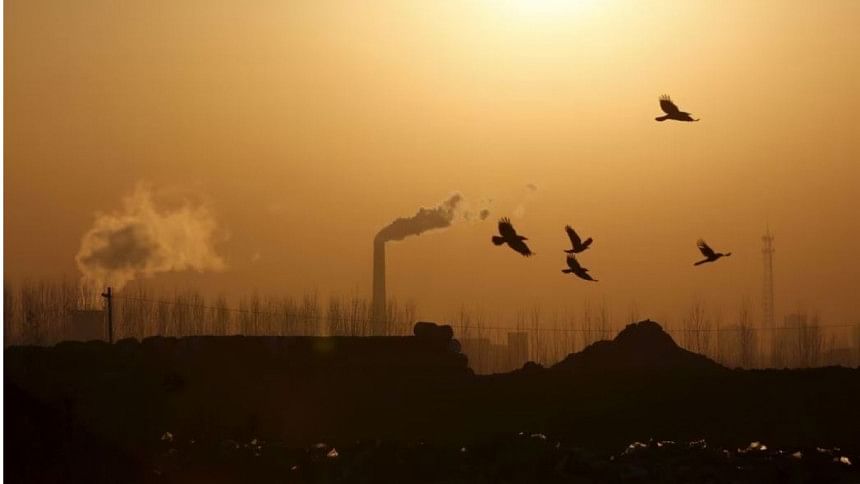
The Spring Meetings of the World Bank Group (WBG) and the International Monetary Fund, which kicked off on April 10 in Washington, provide an opportunity to reflect on the Bank's ongoing evolution. As development confronts both longstanding and emerging challenges, the Bank needs to reform itself in ways that enable it to provide more ambitious solutions.
Over the past half-century, the WBG has worked with developing countries to help hundreds of millions of people rise out of poverty. But global progress ground to a halt in 2020, after five years of slowing gains, as the Covid-19 pandemic pushed 70 million people into extreme poverty. If left unchecked, climate change could do the same to 132 million more by 2030. According to WBG estimates, the number of people living in extreme poverty (on less than $2.15 per day) will increase to 600 million by 2030, and more than three billion people will live on less than $6.85 per day.
The WBG is uniquely equipped to mobilise the financing needed to address these global challenges. But the Bank must ensure that its ambitions, strategies, and financing mechanisms align with developing countries' needs and realities. While we are pleased with the Bank's progress on internal reforms, at least four areas require more work before its annual meetings in October.
First, the WBG must reaffirm its commitment to promoting sustainable, inclusive, and resilient economic growth. Boosting growth remains the best way to create quality jobs and opportunities and achieve the Bank's twin goals of ending extreme poverty and fostering shared prosperity. But, as the Bank's own research finds, "nearly all the economic forces that powered progress and prosperity over the last three decades are fading." With global growth slowing, the WBG now estimates that the international community is unlikely to meet the goal of ending extreme poverty by 2030.
Addressing the root causes of poverty and economic slowdown would require adopting new instruments and ways of working, increasing staff capacity, and setting targets that would enable the Bank to play a greater role in fostering a healthy business environment and unleashing private investment. This would require a less risk-averse approach and improved coordination with the WBG's private-sector arms. It also means listening carefully to Global South members' needs and concerns when defining and selecting criteria for the "global challenges" the Bank will focus on over the next decade.
Second, the WBG must ensure that low-income countries can exercise more agency in shaping the development agenda. A key principle underlying the WBG's operating model is country-driven engagement: the borrowing government leads in coordinating and monitoring its own portfolio. This client-centered model has helped ensure that the Bank's strategies for borrowing countries align with national priorities and have the political support they need to sustain investments over time.
One proposal currently being considered is to create stronger incentives for countries to invest in global public goods, such as reducing greenhouse-gas emissions. While this is a positive step, the Bank must refrain from compromising countries' "ownership" of policies by imposing excessive or burdensome conditions on them. Moreover, the Bank must ensure that concessional loans or grants aimed at encouraging such investment do not lead to higher borrowing costs or trade-offs between middle-income countries and low-income countries. Nor should they come at the expense of official development assistance (ODA). If the goal is to promote investments that benefit the international community, then the international community – particularly advanced economies – should bear the costs.
Third, to achieve the United Nations Sustainable Development Goals, WBG shareholders must do more to increase the Bank's financial capacity. To that end, shareholding governments and other partners must meet their existing commitments, such as developed countries' pledge to provide $100 billion per year for climate-mitigation and -adaptation efforts, private-sector commitments to mobilise $1 trillion for climate action, and the G7's commitment to raising $600 billion for global infrastructure investments.
But more is needed. For example, early estimates suggest that adjusting the WBG's capital-adequacy framework could make available $50-200 billion over the next decade. While some financial innovations have shown promise, it is important to consider their full effects. For example, raising hybrid capital could increase the Bank's borrowing costs at a time when clients are facing historically high interest rates and unsustainable debt burdens.
A capital increase could be one way to leverage available resources and the clearest sign of strong shareholder support. But this must be accompanied by an overhaul of the Bank's cost pass-through model to enable it to make greater use of low-interest, long-term debt instruments, thereby ensuring that countries can tackle development challenges without incurring unsustainable debt. The need for more ambitious ODA replenishments over the coming years must be met.
Lastly, reducing poverty would be a daunting (perhaps even impossible) task without access to clean, affordable, and reliable energy sources, as well as emissions-generating investments in manufacturing and transportation. Letting the climate effort overshadow the World Bank's broader objectives would be a grave injustice – and might not be the most efficient strategy. If, say, Sub-Saharan Africa (excluding South Africa) were to triple its electricity consumption overnight by relying on natural gas to power the increased demand, it would add only 0.6% to global carbon emissions.
Attempting to tackle poverty and climate change simultaneously could lead some governments to make costly and counterproductive decisions. Instead, it would be more efficient – and fairer – for WBG shareholders to find the right balance between focusing on reducing emissions in upper-middle and high-income countries and focusing on adaptation in order to help vulnerable communities and countries build climate resilience.
The Global North and South have a historic opportunity to reinvigorate the multilateral development-bank system. Building on the World Bank's legacy of innovation and progress is the best way to advance the goal of a more sustainable, resilient, and inclusive world.
Wempi Saputra is Executive Director of the World Bank Group of Southeast Asia.
Erivaldo Alfredo Gomes is Executive Director of the World Bank Group representing Brazil, Colombia, Dominican Republic, Ecuador, Haiti, Panama, the Philippines, Suriname, and Trinidad and Tobago.
Abdoul Salam Bello is Executive Director of the Africa Group II on the World Bank Group Board of Directors representing 23 African countries.
The authors' views are their own and do not necessarily reflect those of the World Bank Group or its member countries.
Copyright: Project Syndicate, 2023.
www.project-syndicate.org


 For all latest news, follow The Daily Star's Google News channel.
For all latest news, follow The Daily Star's Google News channel. 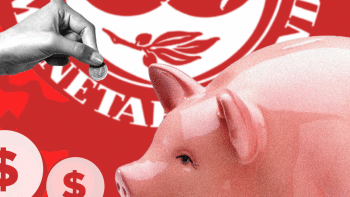
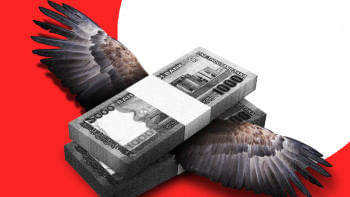
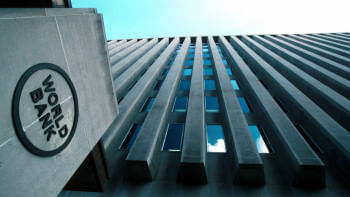



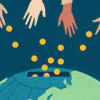
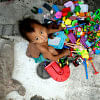
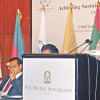
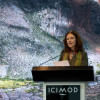


Comments